
Plastics and microplastics
According to Eriksen et al. 2014 there are around 5 trillion plastic bits of all sizes floating in the oceans, which weighs about 250,000 tonnes. Growing awareness of plastic pollution of ocean has led to better plastic waste management, prohibitions were imposed by several nations on the use of microplastics in cosmetics, and in the use of disposable plastic products like shopping bags, cutlery etc. Plastics which are smaller than 5 mm are classified as Microplastics. Microplastics are usually divided into two categories according to the source namely primary and secondary. Microplastics are released into the environment either accidently or through wastewater. Pellets used in the production of bigger plastic goods, as well as microbeads used in cosmetics and industrial processes are the principal sources. Plastic fragmentation, weathering of plastic debris on shorelines, sea, and UV induced brittleness of plastics are the secondary sources of microplastics.
Microplastics in Fishes and Bivalves
Rochman and his team conducted a study on the 76 whole fish which includes 11 species purchased from Indonesian fish market and they discovered that gastrointestinal track of these species contains about 28 percentage of plastic waste. The same team has evaluated the 64 whole fish which includes 12 species purchased from California and they identified that 25 percent microplastics are available in the gut of these species.
This story is from the {{IssueName}} edition of {{MagazineName}}.
Start your 7-day Magzter GOLD free trial to access thousands of curated premium stories, and 9,000+ magazines and newspapers.
Already a subscriber ? Sign In
This story is from the {{IssueName}} edition of {{MagazineName}}.
Start your 7-day Magzter GOLD free trial to access thousands of curated premium stories, and 9,000+ magazines and newspapers.
Already a subscriber? Sign In
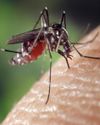
An insight into Chandipura virus in India
Recently lot of news regarding disease due to Chandipura virus has emerged in various newspapers/magazines. After reading the reports published it seems that thing is still brewing in the natures nest and it could affect mankind.

Why elephants never forget?
An elephant has a very large brain for its size and the 'temporal lobe' region responsible for memory is more developed with a greater number of folds - this results in powerful abilities to 'download' important survival data such as where to find food and water, and who is friend or foe.

Use of Algae for Wastewater Treatment Containing Heavy Metals
Wastewater treatment is a critical environmental issue particularly when it comes to the removal of heavy metals.
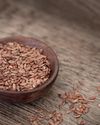
Nano priming Seeds: A Small Innovation Sparkling Big Advances in Germination
Nanopriming is an emerging agricultural technique where the seeds are treated with nanoparticles to improve their germination, growth, and overall performance.
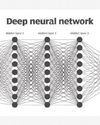
Nobel Laureates in Physics 2024: Revolutionizing AlThe Physics Foundations Behind Machine Learning
This year's two Nobel Laureates in Physics have used tools from physics to develop methods that are the foundation of today's powerful machine learning.
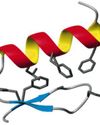
Revolutionizing Biology: The 2024 Nobel Prize in Chemistry Celebrates Breakthroughs in Protein Design and Structure Prediction
The Nobel Prize in Chemistry 2024 is about proteins, life's ingenious chemical tools.
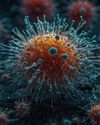
New findings on animal viruses with potential to infect humans
Scientists investigating animal viruses with potential to infect humans have identified a critical protein that could enable spillover of a family of organisms called arteriviruses.

Father-Daughter Team Decodes Mars' Alien Signal
There is no definitive answer to whether aliens exist, but there is a lot of work being done to find out:
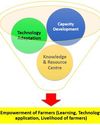
Krishi Vigyan Kendras: Working for Farmer's Welfare
Krishi Vigyan Kendras (Farm Science Centres) are the District level institution serving as an agriculture knowledge resource & capacity development centre which plays indispensable role in front line extension regarding agriculture system in scientific way.

Sixth generation Computer: The future computing technology
We are in a transition towards a digital world, where everything will be dealt with in digital format.